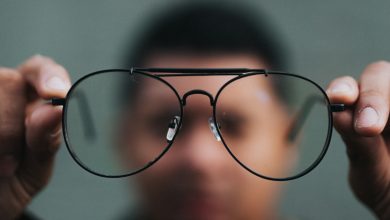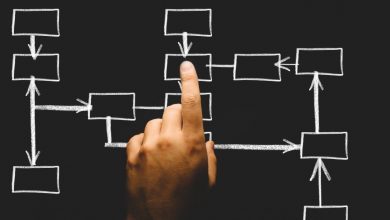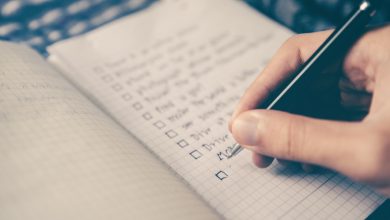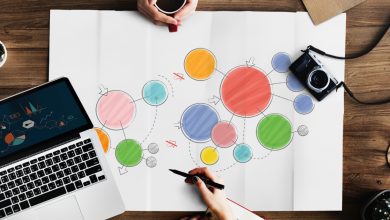Toolbox of methods
There are a variety of methods created by trainers, youth workers and even youth leaders. By reading educational material of different content you can find recommendations on how to apply the material or even what kind of methods to use. Toolbox of methods, directories and libraries are very useful for a fast search of the method, but the most important is a skill to adapt and use the method in a proper and efficient way. Let’s start from the basic knowledge of methods and later deepen your knowledge and train your skill to select, adapt or create an appropriate method.
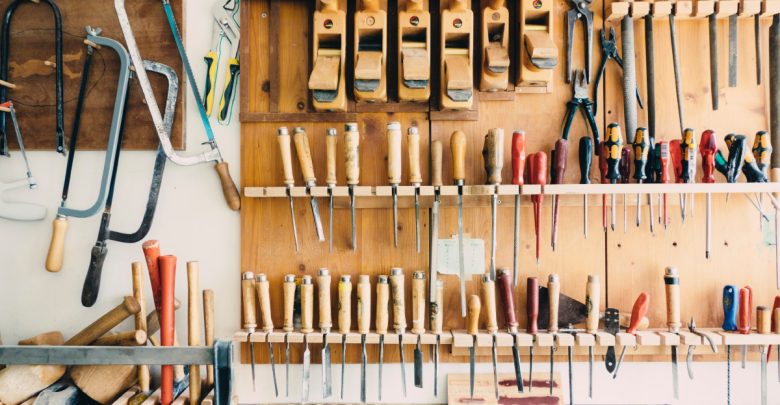
Why did I choose this tool?
While working with groups I am thinking about the generic aim of the session and how to divide the program into those sessions. For example, I will have in my first day of training program, getting-to-know-each-other session, group building session or thematic session. According to the generic aim of the session and other conditions, I am looking for the most appropriate method. In this tool you will find generic descriptions of methods. Moreover, I have “toolbox of methods” by myself. It is a folder where you can find descriptions of methods. Even though I know the method by my heart, I have to take a look to remember the sequence of activities or for the instructions, which I don’t need to rewrite or create by myself. This saves my time for planning.
How does this apply to being a trainer?
Here I provide a theoretical input of methods. The provided methods are divided into groups. This knowledge could help the trainer to choose a method regarding the aim of the learning session. It is easier to find an appropriate method and as well to adapt methods according to the circumstances than to create a method from the very beginning.
Main content:
Different types of methods
- Ice-breaking and Warming-up.
These methods are intended to help group members to relax and start communicating. Usually they are used in newly formed groups to encourage interaction between group members and to get them to try to get to know each other.
- Getting to know each other.
The methods for getting to know each other may be a continuation of the warming-up and name-learning processes. However, it is possible to start group processes straight away with these methods. It depends on your educational purposes. We have separated these methods for getting to know each other from the warming-up and name-learning games as these help you to get more information about group members. There are many factors that define how deep or shallow this information is going to be, including: the aims of the group leader, the way the task is framed, group members’ experience and readiness, the time devoted for getting to know each other, etc. Methods for getting to know each other are a helpful tool at the beginning of group processes (in the phase of getting to know each other). Judging from our experience, as long as group members do not know each other and the group is not well-formed yet, it is very difficult, or even impossible, to move forward.
There is no need to use the methods for getting to know each other if the group members spend some time living together. They will find out more details about each other spontaneously and in this way they will get to know each other better. Methods for getting to know each other may function as an accelerator making the process faster and paving the way for further communication and interest in each other.
- Self-Confidence and trust in Others
It is very important to use these tasks for self-testing only with the group members who are willing to do that. Do not forget this is not a competition and do not try to find out who is stronger, braver or better. Nobody has a right to force, push or violate another person’s personal limits.
These tasks require silence, concentration, effort and energy from the participants. Concentration is essential here. By fighting their fears and feeling the group power, the participants may start taking risky decisions or actions. Therefore, the group leader has to monitor how things are going and cannot relax for a second. It is better not to do these tasks at all if the group is not in the mood for doing them. Moreover, confidence tasks should not last too long as the participants might simply get bored or tired. It is only recommended to do these tasks if they are related to further group work.
- Communicating and Collaboration
These methods could help you in reaching educational goals: self-confidence and confidence in others; development of group concentration, sense of teamwork (‘spirit of the team’); and receiving and giving feedback. When we refer to teamwork, we mean the development of communication and decision-making skills as well as skills of sharing work and responsibilities, planning and working together. The methods for group concentration and team-formation (‘sprit of the team’) are a sort of pedagogical intervention. They are used to provoke situations to make group members confront new tasks and challenges. Group members do not always manage to finish them successfully. And may it be. There is nothing wrong with this. It is not a problem if the group members do not succeed, especially the first time. There might be certain reasons for that. The important thing is to discuss and to understand them.
Those methods could be used in conflict prevention, to create rather artificial situations where anything might happen, including anger, quarrels, disagreements and misunderstandings. This can evoke negative emotional reactions. It is good that these situations are only artificial and not real.
This type of method offers a very intense experience which must be discussed! During the reflection and when discussing emotional reactions and the reasons for them, people get new insights and come to new conclusions about working together, about sensibility, understanding and the ability to communicate. It is also important to discuss positive emotional reactions, to understand the reasons for them and to draw conclusions. All these things will be necessary when the group is mature enough to deal with real activities and real tasks. Each method can be discussed by giving situation-specific questions but we recommend paying attention to the previously given sequence of discussion steps and elements.
- Working on a Chosen Topic
These methods are designed for dealing with particular topics. In some ways it is easier to work on a topic and discuss what happened afterwards but it can be difficult to suppress the discussion in the moment and some information may be forgotten if not disclosed immediately. The methods could allow analyzing topics dynamically and in an engaging manner. Using these methods you will encourage participants to get involved in the analysis of a topic.
- Reflection and Self-Assessment
The methods could help your group to reflect and evaluate feelings and states; analyze their behavior; investigate and name the group situation; give feedback to the group members; receive feedback from the group members and evaluate the received experience.
If the group activities are long-term or last for several days, it is recommended to keep one “reflection line”. This means choosing and repeating the same reflection method but slightly modifying and changing it or making it a little more difficult every time. When the same reflection method is repeated it soon becomes a habit and allows members feel safer and concentrate not on the form but rather on the content.
- Farewell and Finishing Group Work
Methods used for preparing group members to say goodbye, for ending a period in ‘group life’ and returning to “reality” (everyday life). When we start working with a group we dedicate a lot of time for “building-up” a group. While participating in the group work members often forget about “the world outside the group”. These methods help close up group process, realize that the moment of returning “home” is very close. The ending is as important as the beginning.
Reflection questions:
- What kind of methods do you use and how did you find out about them?
- What are your favorite methods? Think about 3 favorite, most usable methods – what are the reasons for using those methods?
- There were mentioned 3 possible sources of getting to know about the existing methods: educational material, other trainers, Salto-youth toolbox.
Exercises:
How to apply it in everyday life:
The aim of the tool: to get knowledge of existing methods and their sources
There are different types of methods used in youth trainings. Different categories could be applied. Let’s create your personal Toolbox.
Content:
- Create a folder named “Methods”/”toolbox” or “ ” if you don’t have such. This folder should become your library of methods.
- Think about categories in which you want to sort the methods. You can create separate folders for each category or make it colored. You can use the sorting system as it was described above or you can sort it in your own way.
let’s take this sort as an example:
- Methods depending on group and learning process, it would include: getting to know each other methods; ice breakers; group building methods; evaluation and reflection methods.
- Methods by the topic, theme or the aim of the method: methods about participation, conflict management, intercultural learning etc.
- Methods by the type of interaction: discussion methods; developing ideas methods; case analysis; simulations etc.
- Other types of sorting methods by their appliance features such as physical active methods; more sensitive methods and other categories you can create
- Where to find these methods? Check if other trainers could share their descriptions of methods. Think about methods you went though and would feel confident in applying them. Check resources such as https://www.salto-youth.net/tools/toolbox/search/ or read some books about the topic on which you are planning to run the training and usually you can find some recommendations, methods how to work with a specific topic and hints what it is important for the certain topic.
- When you have identified the sources, “turn on” a “filter” – it means filter those methods you would really like to adopt, and you think they could be relevant when working with a certain topic.


